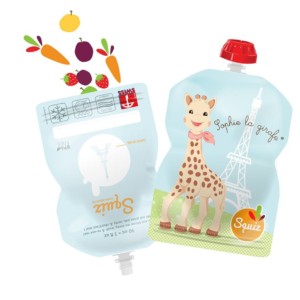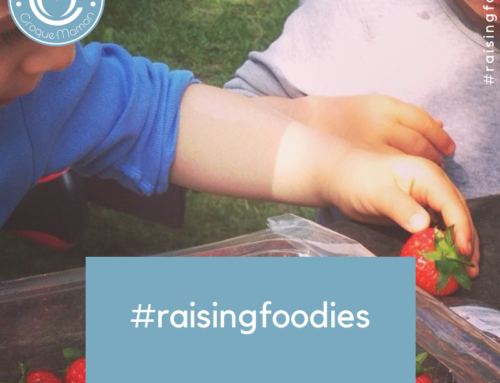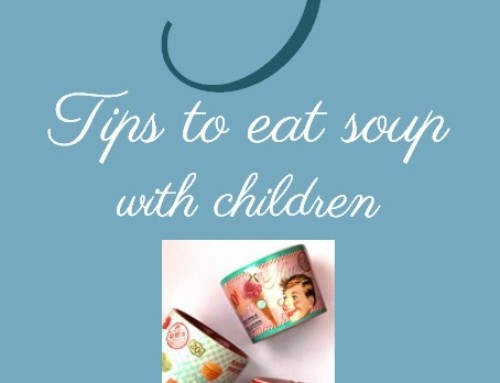As a food lover, the introduction of real solid food in my boys diet was something I was really looking forward to. I literally could not wait :-) I read as much as I could on the topic but I always went back to the same source of reference: the notes my dear French friend Noémie gave me. She got them from her pediatrician. As I explained in previous posts in France a lot of children are still directly followed by a pediatrician for day to day matters. The information below is relating to French baby weaning for babies aged 4 to 6 months old. Please note that baby weaning guidelines in France and in the UK are quite different and by default I would always recommend you to follow the guidelines of your health specialist.
Besides, I need to say a huge thank you to my friend Julie here because she translated most of the notes of this article for me so…. thank you Julie!!!
INTRODUCTION TO VEGETABLES AND FRUITS
- avoid salt
- avoid foods too sweet, but ensure you give him/her enough glucides from cereals and carbohydrates.
- introduce one food at a time, leaving a few days between any new food.
- increase the food quantity progressively starting with 2 or 3 teaspoons.
- A baby already has his/her own tastes. Respect it.
- When?
- How?
- Which vegetables?
Green beans, parsley, courgettes, squashes, salads, artichokes, carrots, spinach (no peas nor celery for families with food allergies or breathing problems).
Potatoes to thicken purees.
- In what form?
- When?
- How?
- Which fruits?
- In which form?
- Breakfast: one or more milk feeds of breastmilk or formula of 180 ml
- Lunch: vegetables then milk feed (the milk feed will reduce as the vegetables portion increases)
- Goûter (Snack): milk feed of 180 to 210ml, then compote, 8 days after introduction of vegetables.
- Dinner: one or more milk feeds (breastmilk or formula) of 210 ml
NB: French pediatricians recommend supplements of vitamin D and fluorine.
If you are interested in more posts on similar topics, you may want to read about










Great tips here. Thanks for sharing. Thanks for linking up to the #binkylinky
Thank you! A great linky :-)
I loved that time. Cooper ate everything. Sigh. No longer. Nice post.
[…] will find on Croque-Maman all about of French weaning (/french-baby-weaning-4-6-months-old/), delicious quick and easy recipes such as “la tarte au thon” / tuna tart […]
Great post Helene – really interesting to see differences in approach? Does everyone typically start at 4 months in France rather than 6 months?
Thank you Alice :-) It typically starts from 4 months indeed but when you feel that the baby is ready.
Loads of good info. We’ve been on this road now for about 6 months, following the baby-led weaning method. Such a variety in how babies can be weaned, hey. #PoCoLo … lovely newbie showcase and thanks for tweeting about my #PoCoLo posts, i really appreciate it :-)
My 7 month daughter is not keen on taking orange food from the spoon. She loves avacado, but it already showing some picky tendencies. I think she will accept them via bottle with her milk, but when do I start that transition back to in the bowl?
Dear Hannah,
I apologies for the late reply, for some reason I could not see this comment anymore. Thank you very much for your readership.
Sometimes children can use saying “no” to some food as a way of saying “no”, learning about “no”, their limits…
To transition back to the bowl, maybe try to find an orange food she won’t be able to resist (e.g. a very ripe mango), associate food you know she loves with food she still does not know or like less. Try to build positive associations.
Weaning is like a marathon, it is a long journey, you will definitely get there.
Please do not hesitate to let me know if you have any additional questions.
All the very best,
Take care
Helene